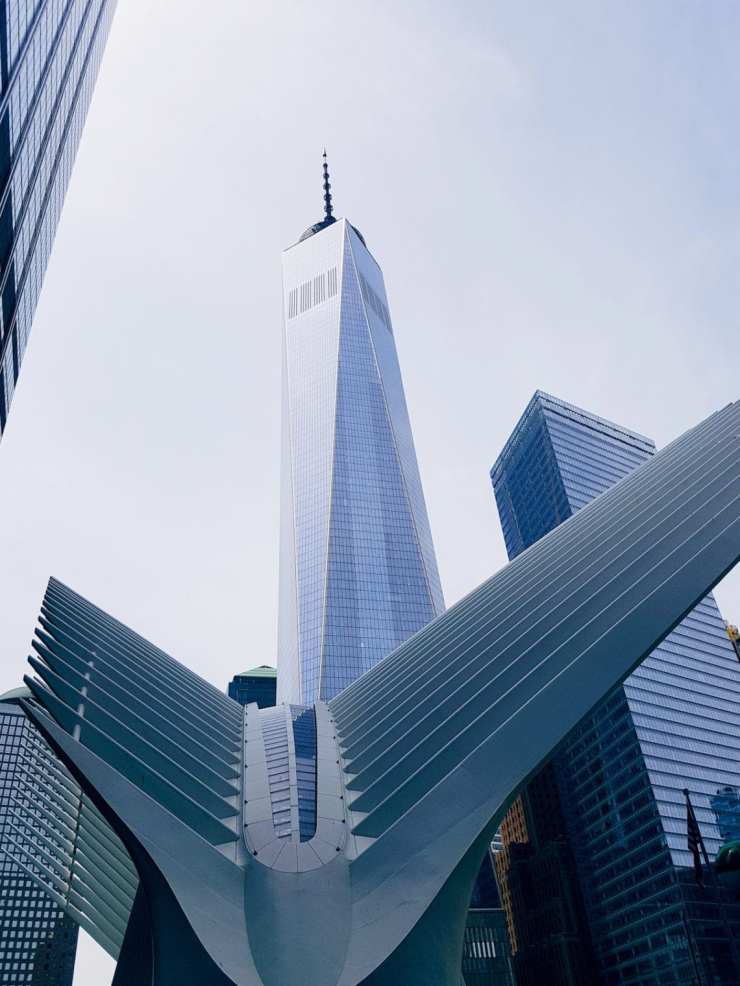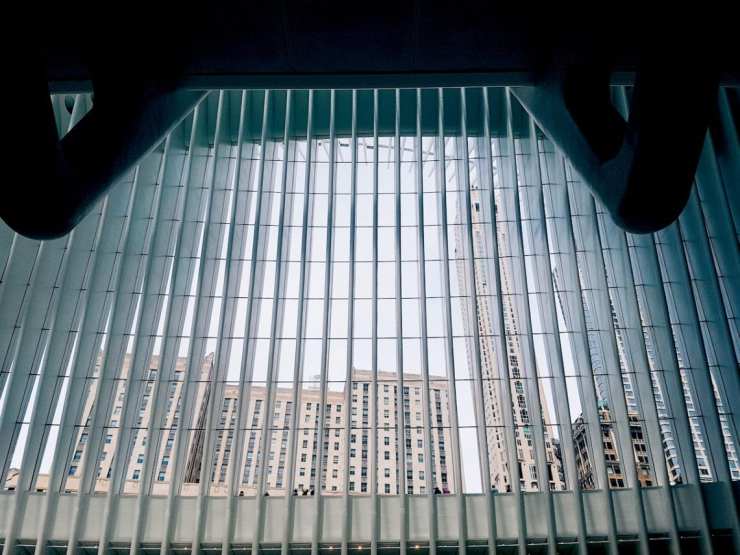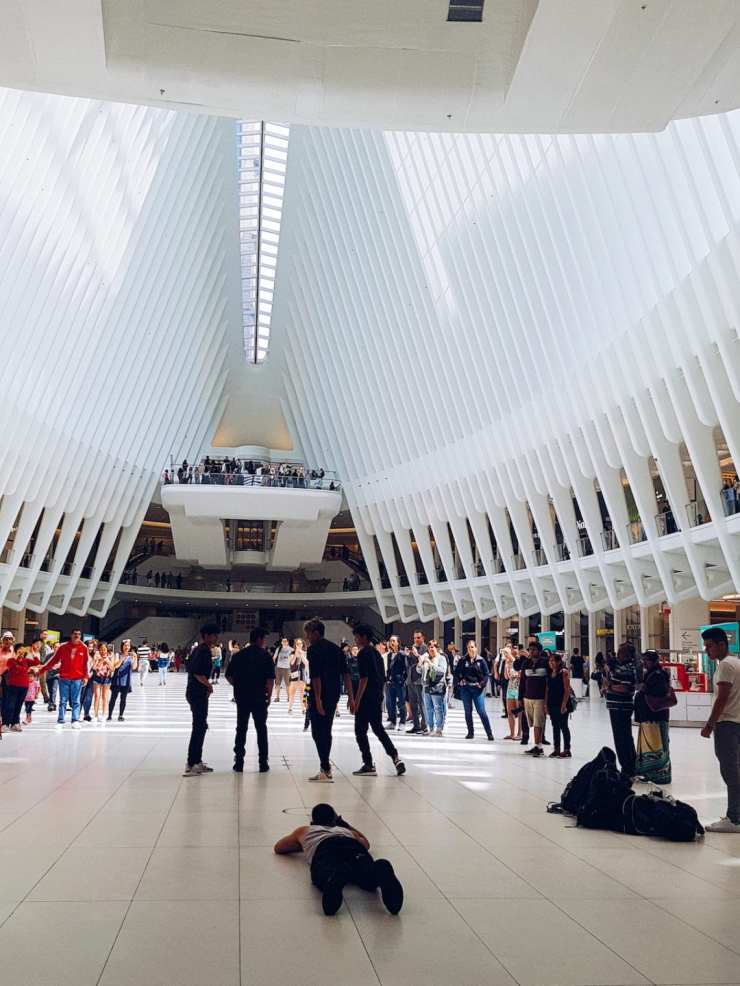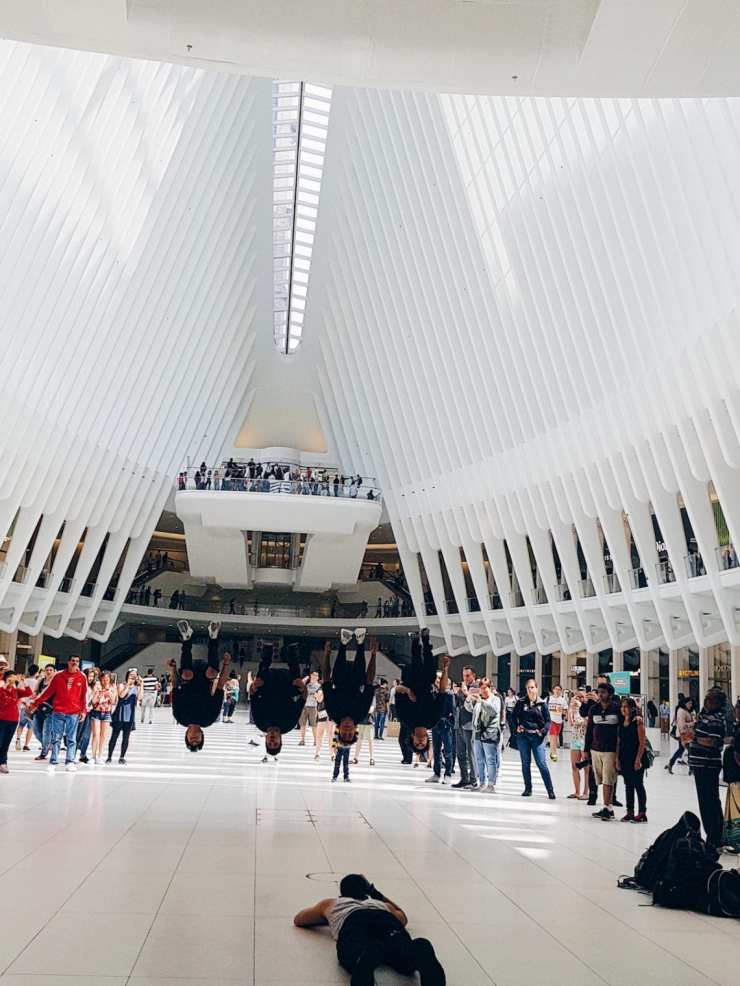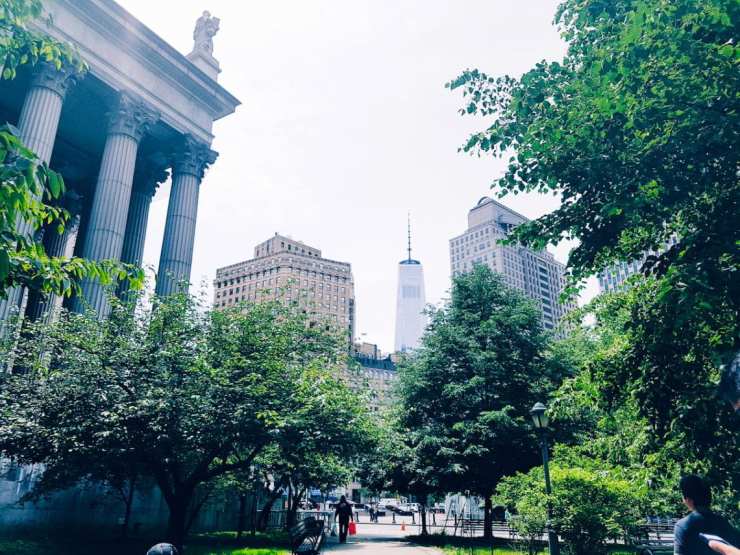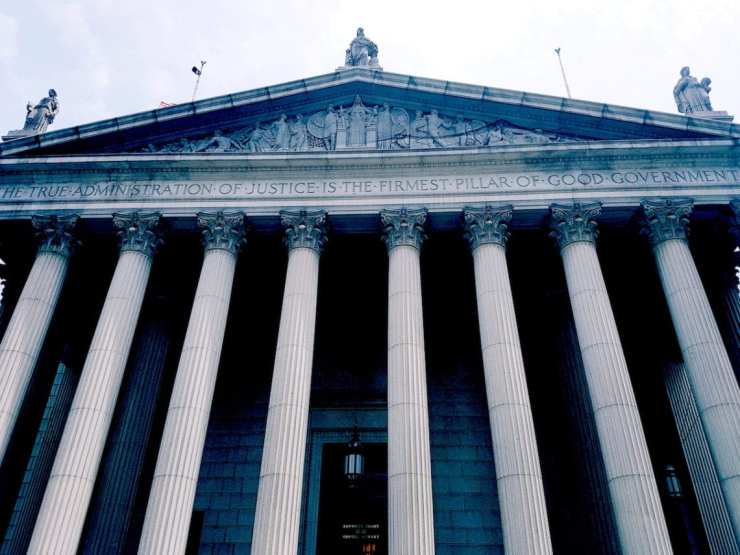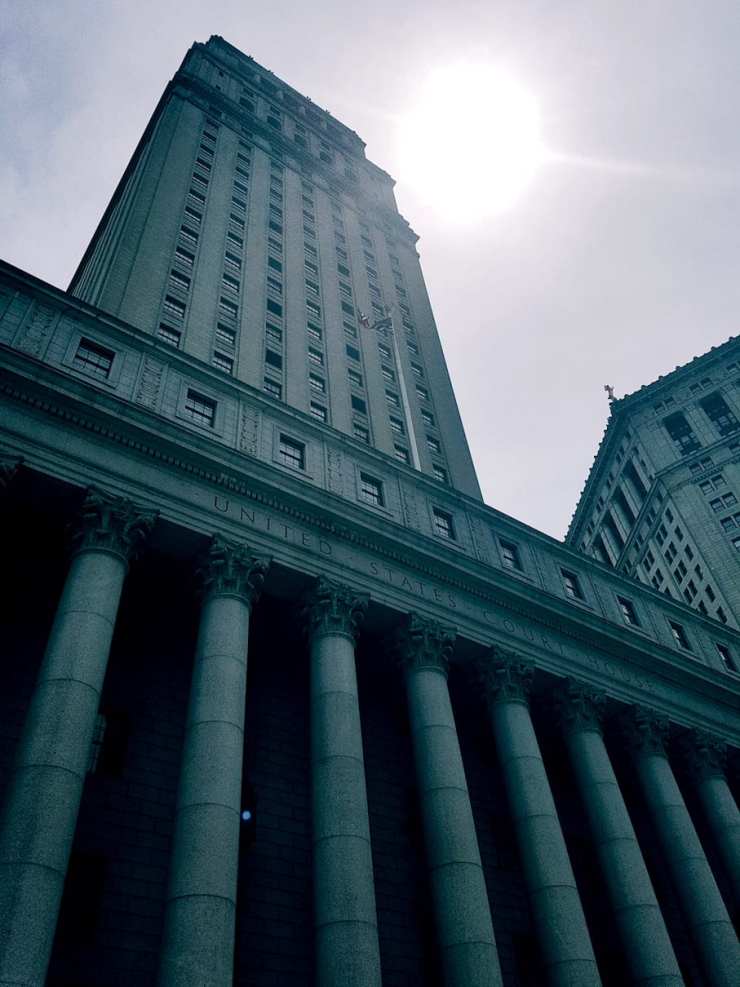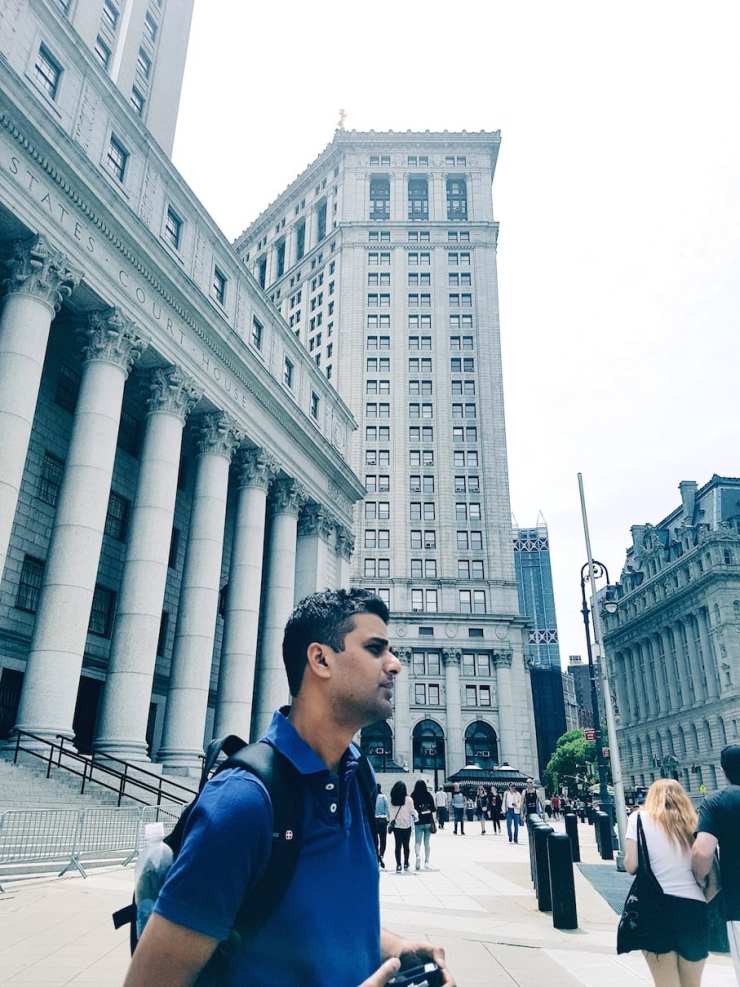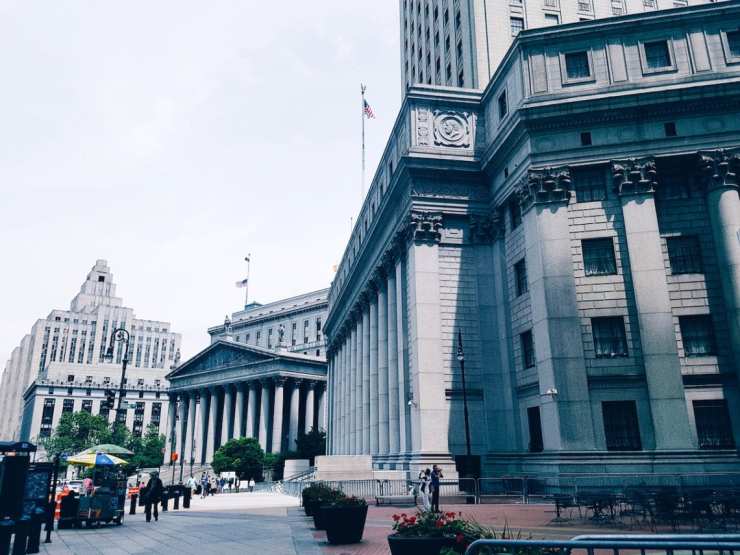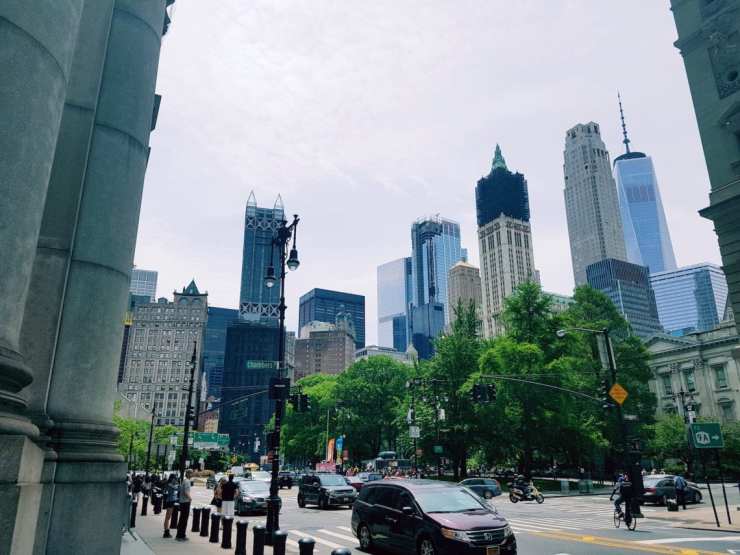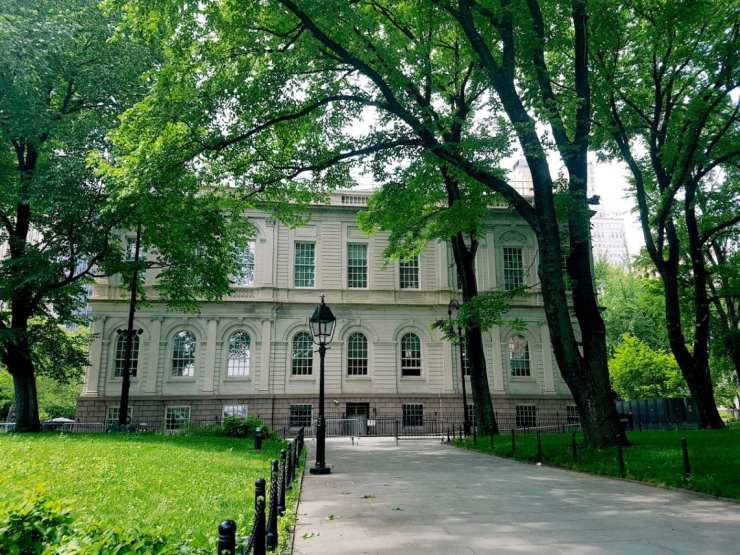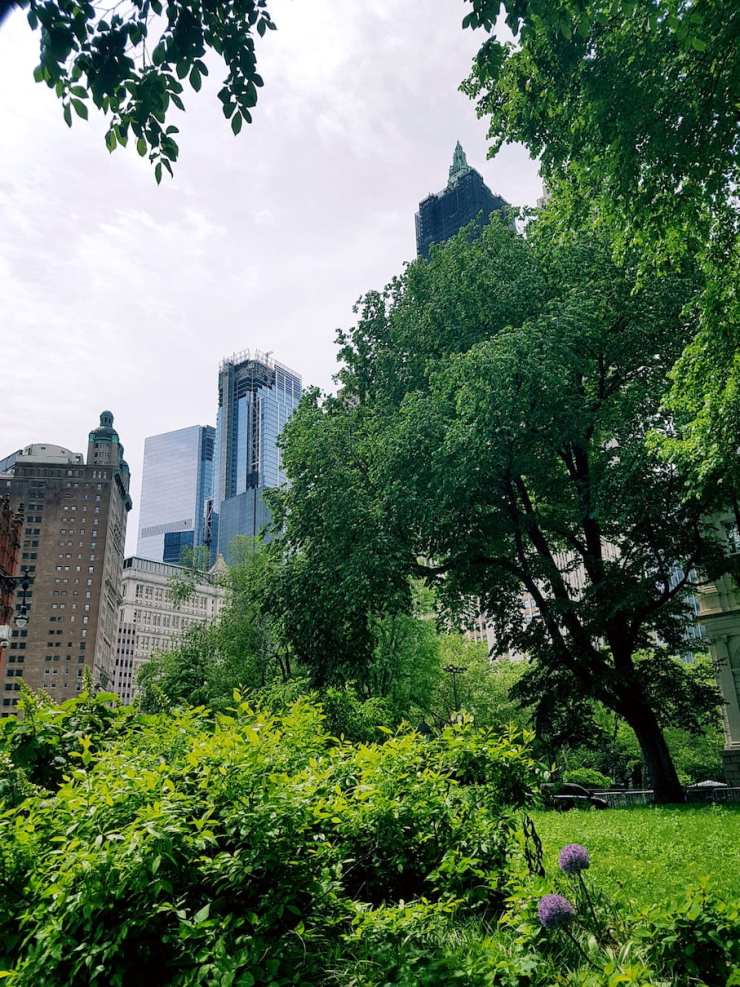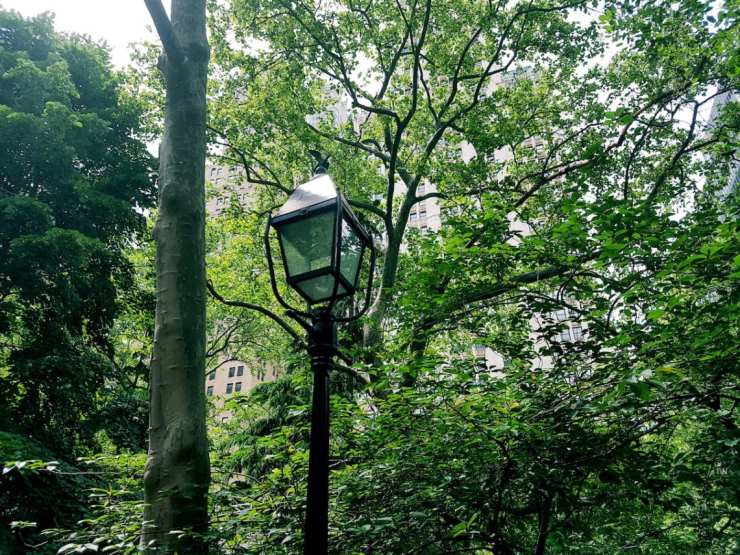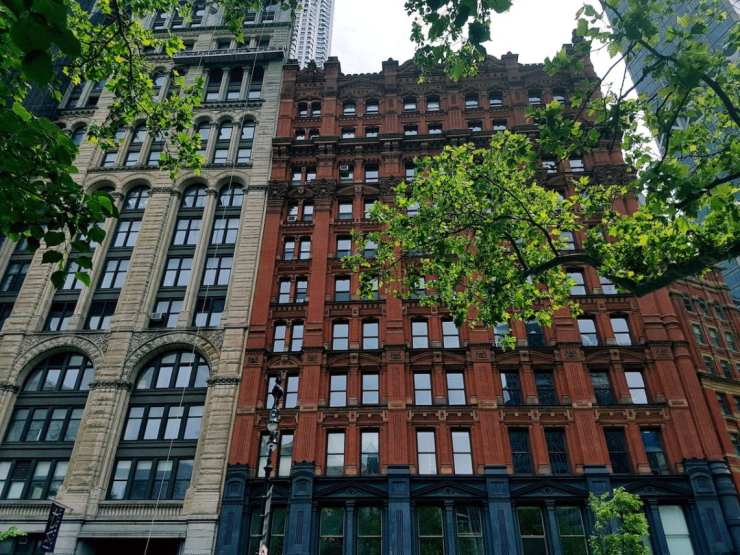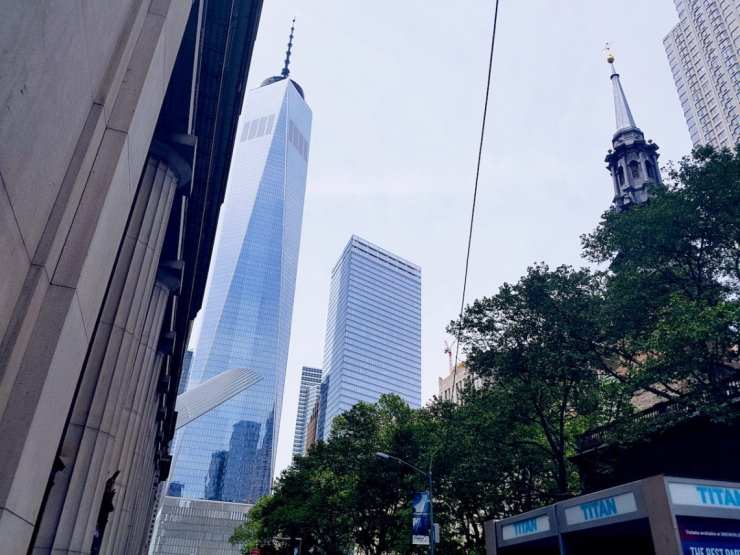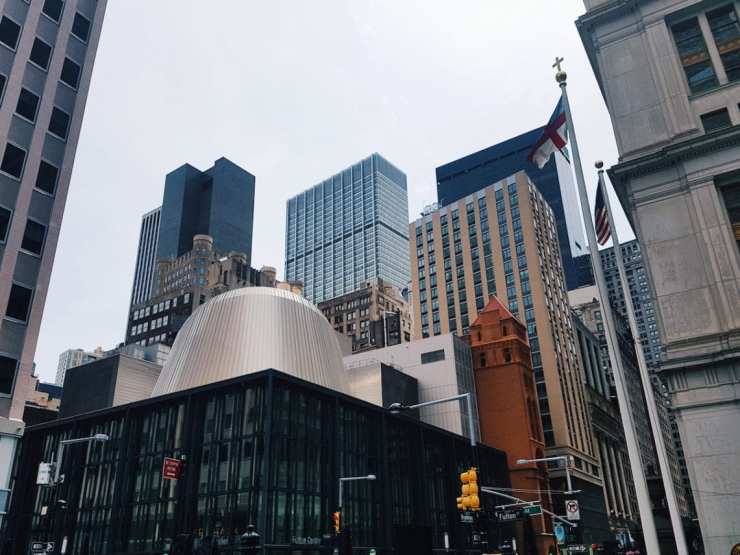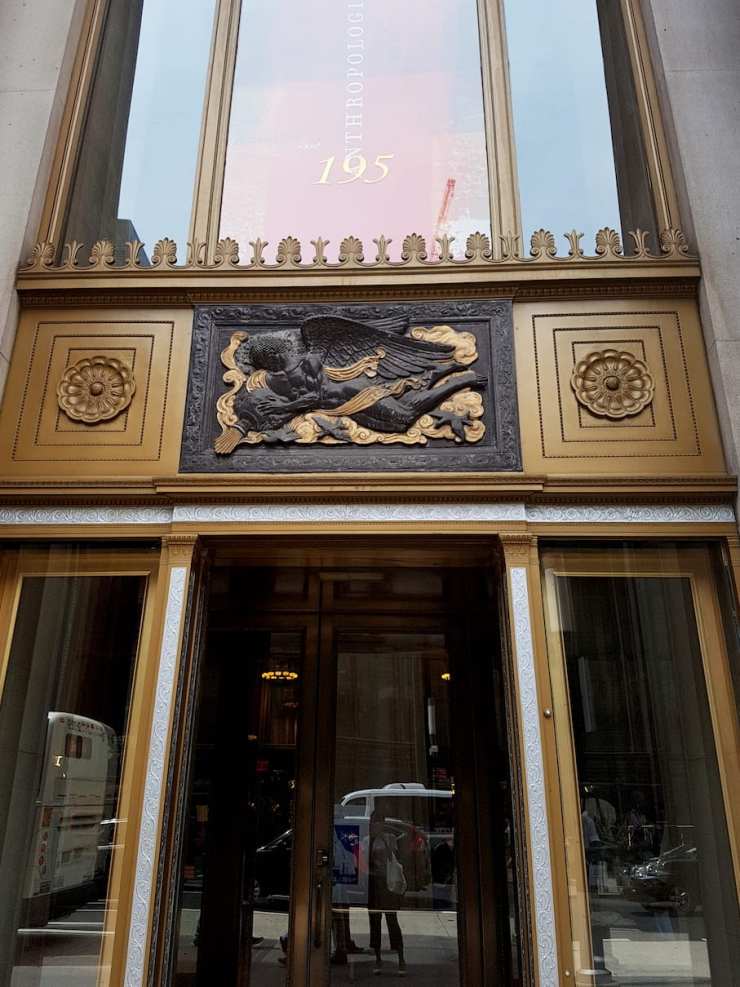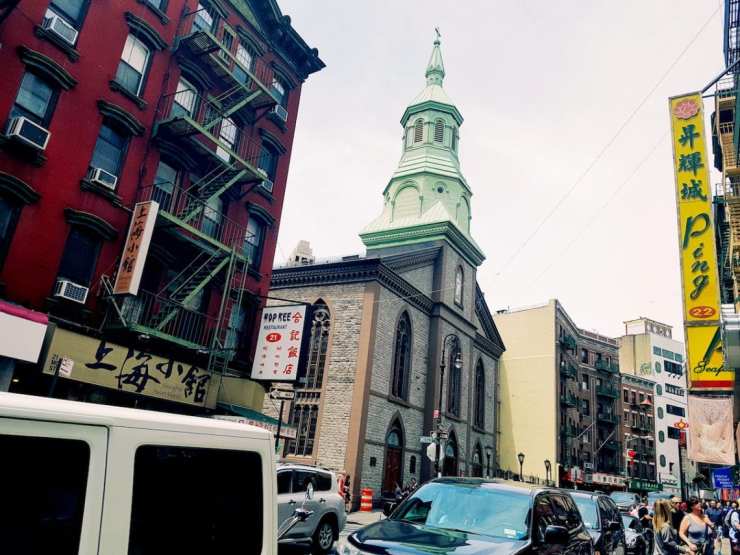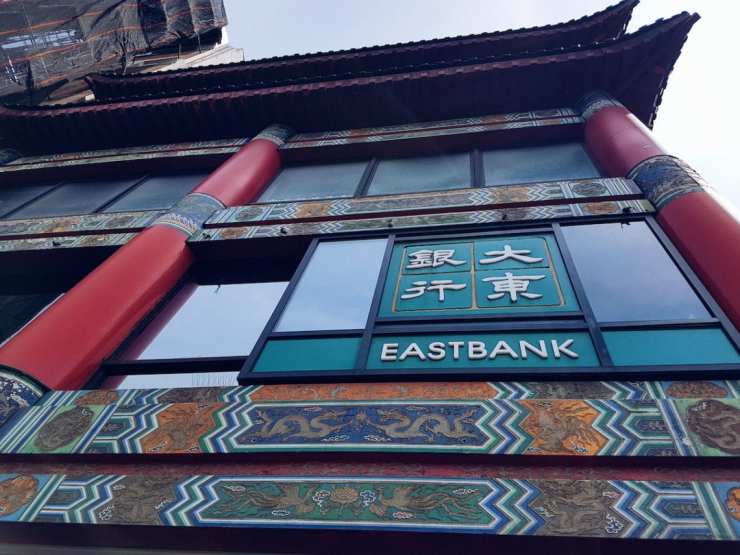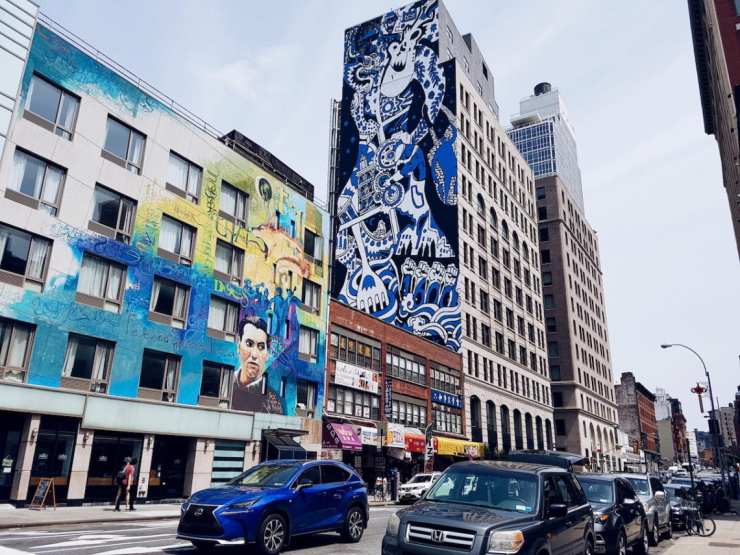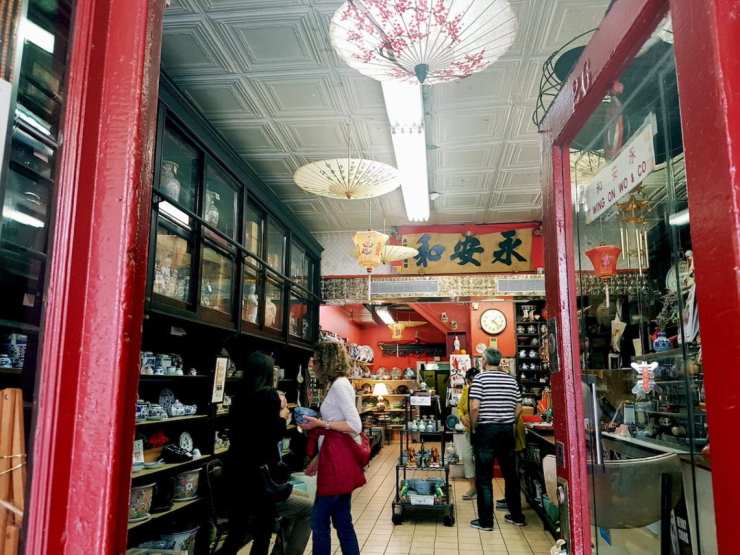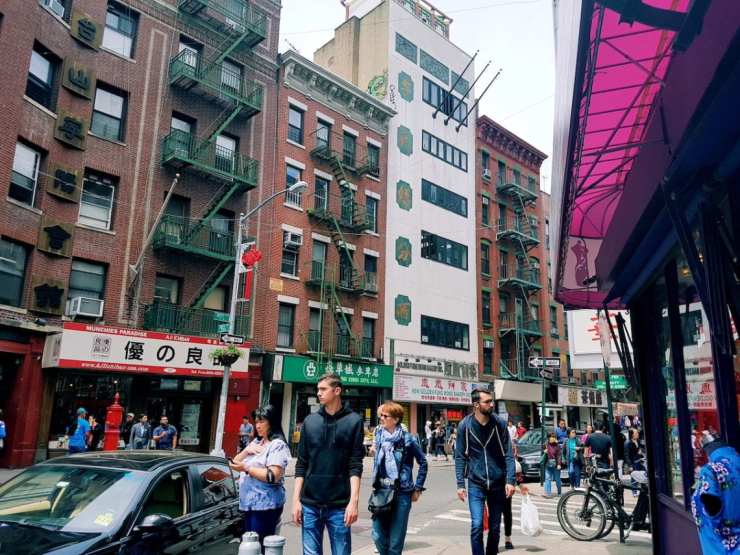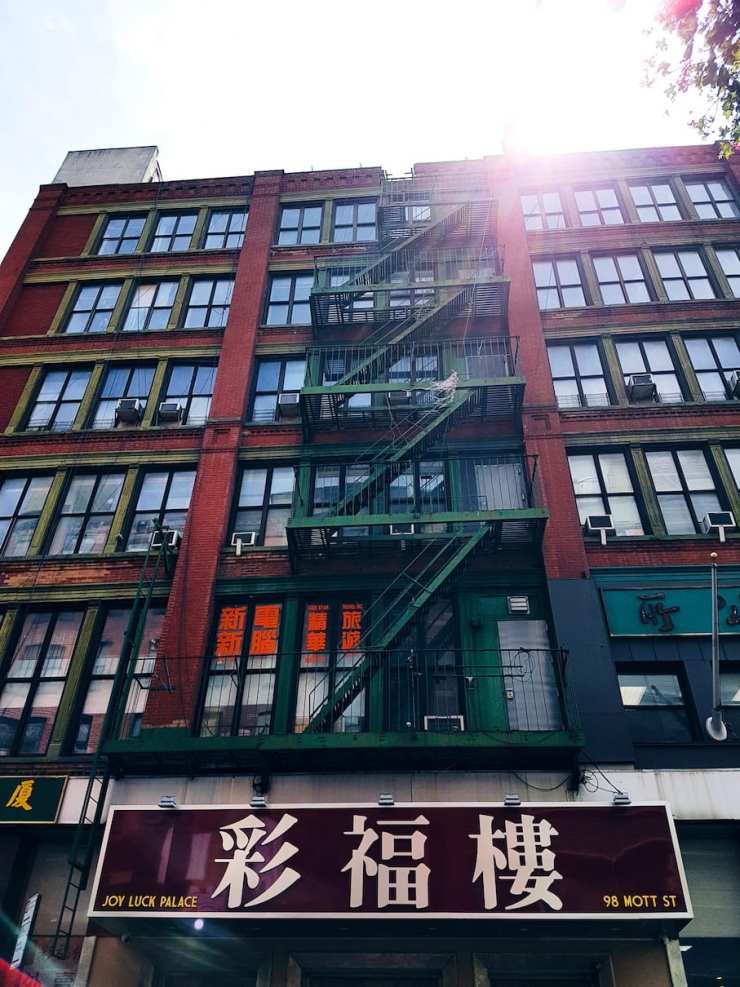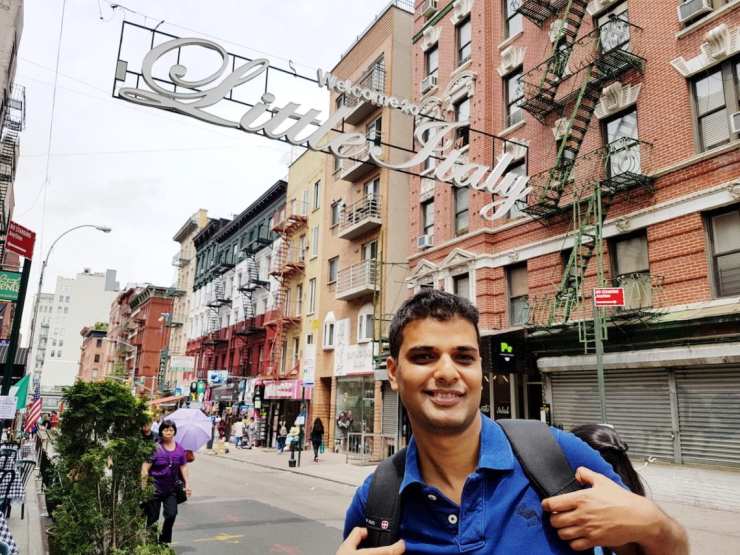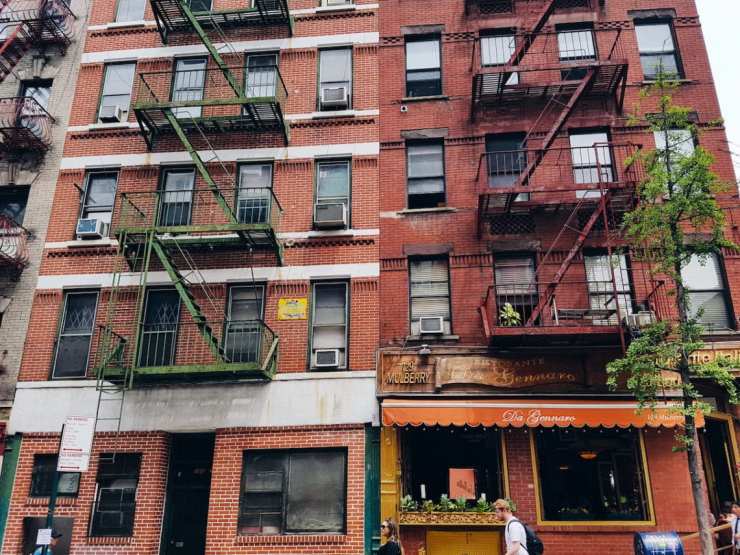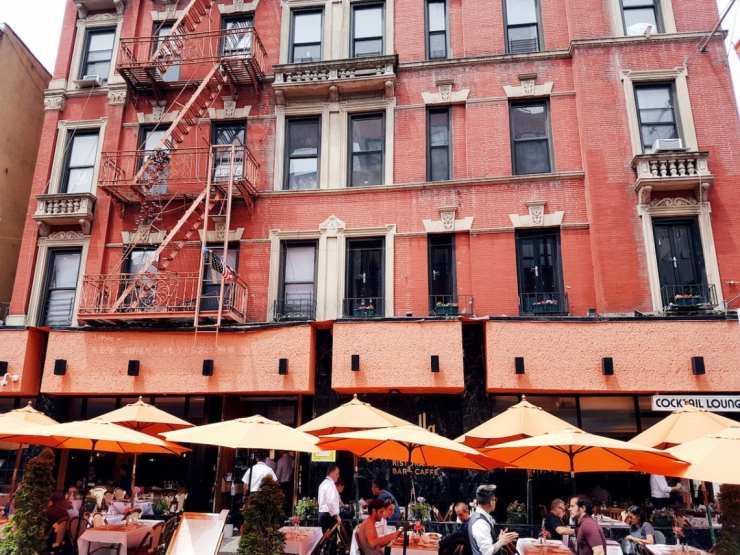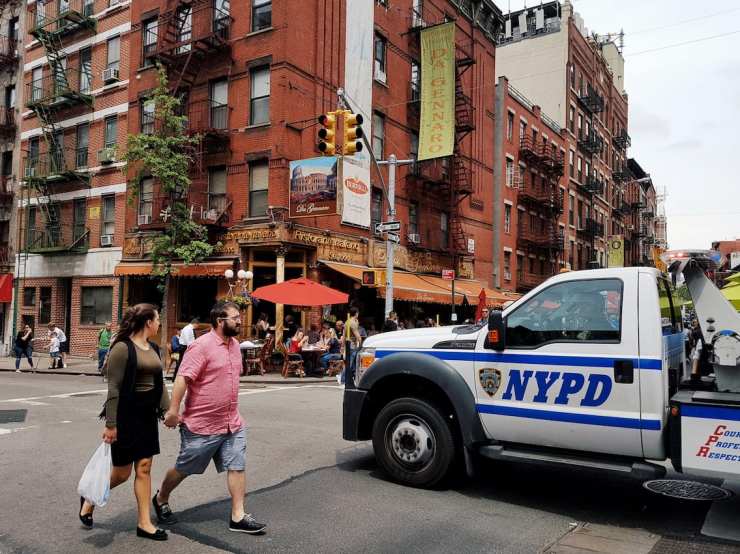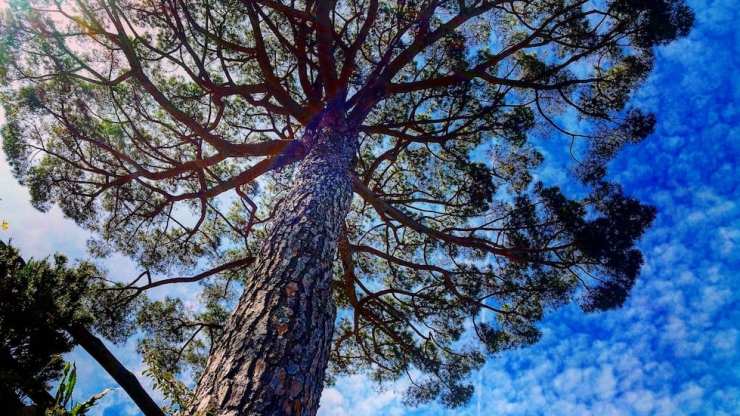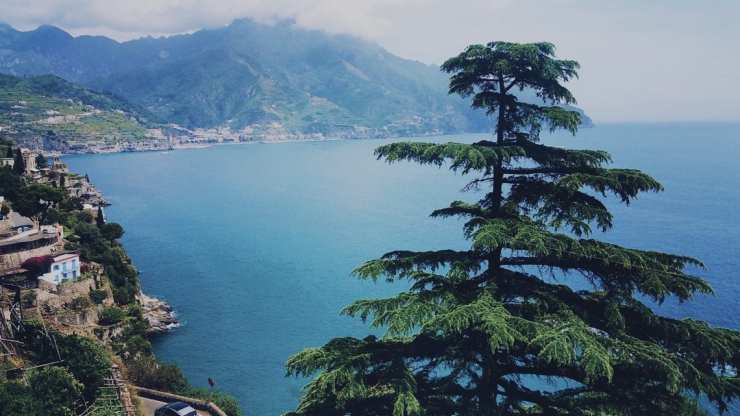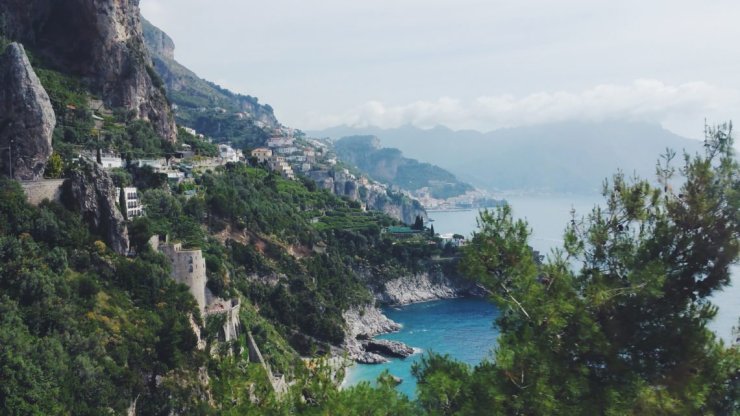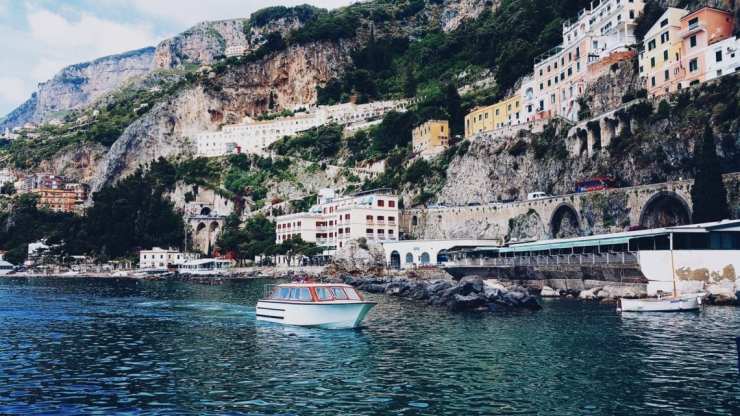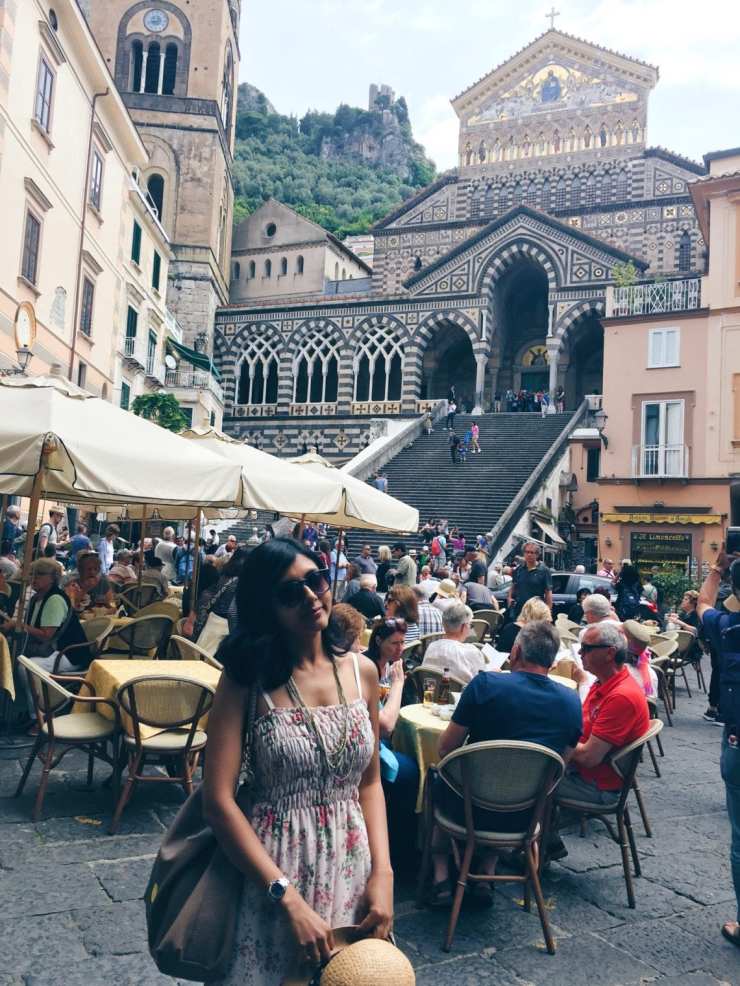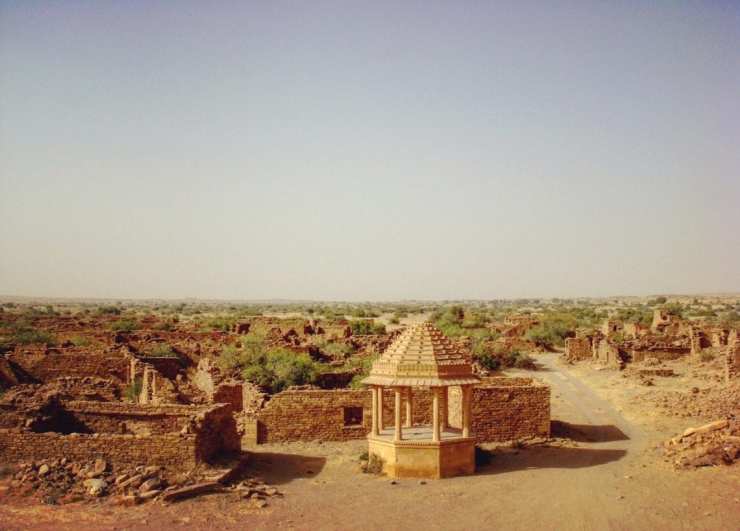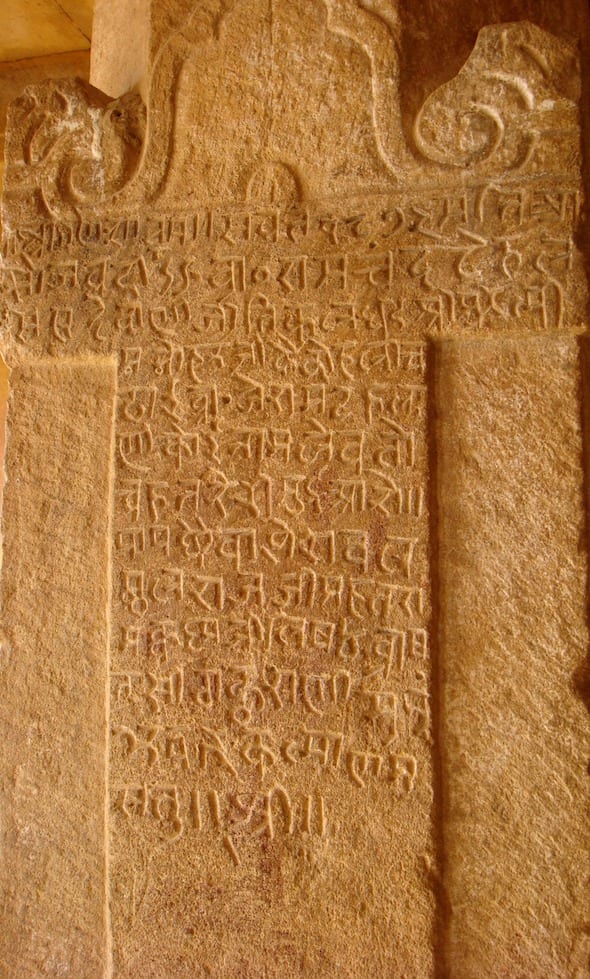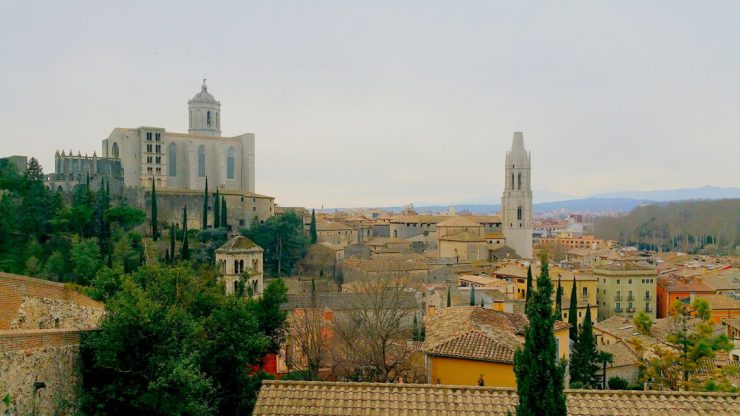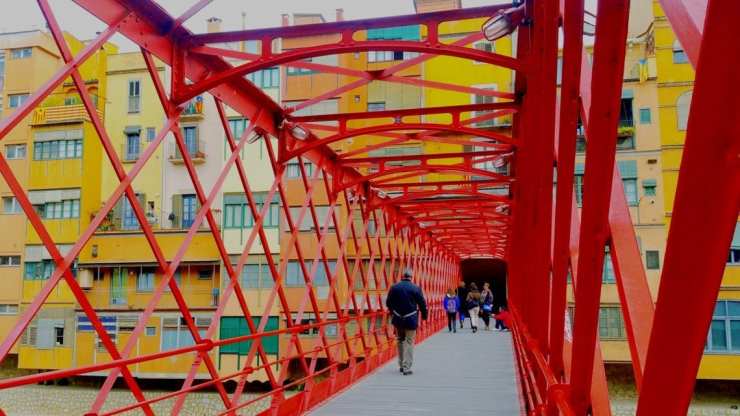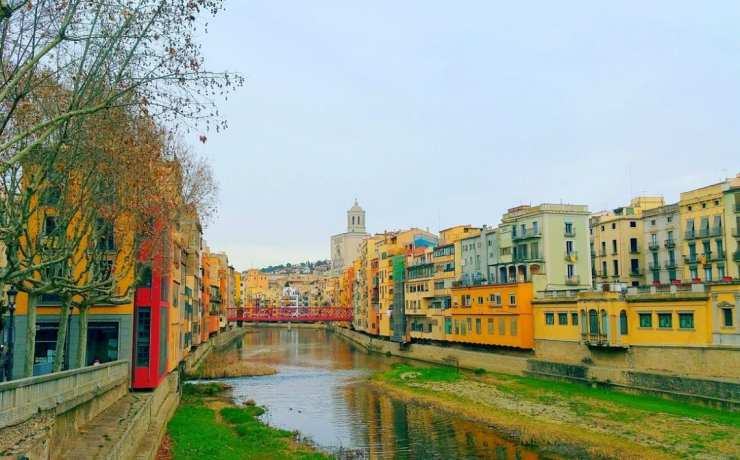Hello guys, welcome to a guest post from Neha who blogs at Dubaiwikia.
Dubai, the capital of glitz and glamour has a charming traditional side to it which brings to mind its transformation from a pearl diving and fishing village to the cosmopolitan giant it is now. Dubai’s history, along with that of the UAE, goes back for millennia. The city has a rich culture and a richer background which forms a tapestry of traditional jewels that adds to Dubai’s charm. Here are glimpses of Dubai’s traditional elements. You’ll see from them that the pearl-diving village still exists, underneath the glamorous layers.
Al-Fahidi Historical Neighbourhood
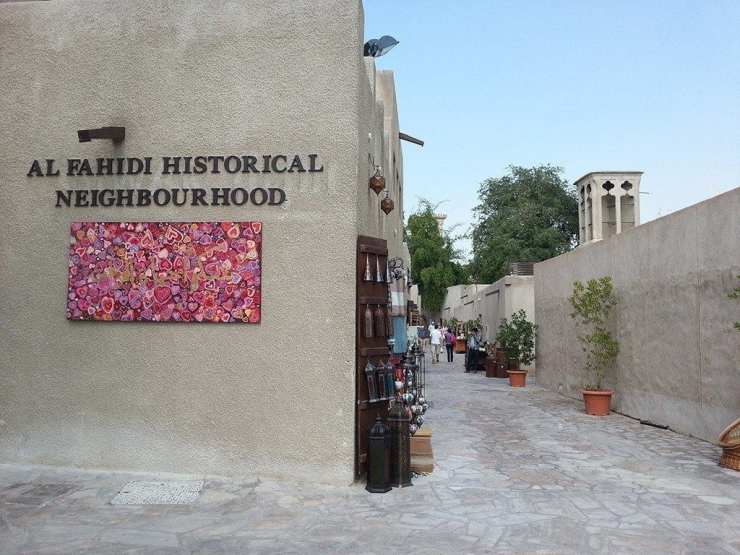
The Bastikaya Quarter, or old Dubai, in Bur Dubai is Dubai’s oldest neighbourhood, built by Persian merchants in the 19th century, who named it Bastak, after a town in Iran. The Persian merchants were attracted to Dubai owing to the relaxed trade tariffs. This picturesque heritage neighbourhood has quaint lanes, sandstone buildings, and wind towers, an old but effective form of air conditioning. While in the Bastikaya Quarter, be sure to learn a bit more about Dubai’s history at the Sheikh Mohammed Centre for Cultural Understanding. Visit the Dubai Museum, the Arabic Tea Garden, and other places of note.
Al-Fahidi Museum

The Dubai museum occupies the old Al Fahidi fort which dates back to 1800. The front rooms showcase old weaponry, and various utensils that were used in Dubai from historical times. In a corner of the museum is a traditional “Sarasti hut” which is topped by a burlap wind tower. This is the sort of structure where Dubai’s past generations lived. The walls of this hut are made of palm fronds which allows plenty of air circulation.
Explore the museum’s underground displays which showcase traditional Emirati and Bedouin life. There are several rooms with life-size mannequins and dioramas that showcase every aspect of traditional Emirati life including prayer, traditional clothing, games, camels, falconry and local architecture.
The Dubai Creek

The Dubai Creek is a deep seawater inlet which was used as a main trading route at one point. The creek runs through the heart of the city, splitting Dubai into Bur Dubai and Deira. Along the sides of the creek are modern hotels, restaurants, office buildings and old sandstone dwellings and wind towers as well apart from bustling souqs.
Souks in Dubai

Souqs are traditional Arabian markets. There’s a souq on either side of the Dubai Creek – one on the Deira side and one on the Bur Dubai side. The gold souk is located at Bur Dubai. At this old market you’ll see traditional storefronts selling 24 carat gold, along with rubies, diamonds, emeralds and other gemstones, all decoratively arranged in windows. The gold price here is much cheaper than elsewhere in the world, as it is tax-free.
The narrow and colourful spice markets in Bur Dubai declare their wares from a distance when the delicious smell hits your nostrils. Follow the exotic aromas to the traditional open stalls selling cinnamon, cardamom, cloves, saffron, and a myriad other spices.
On the Deira side, you’ll find stalls selling carpets, Arabian clothing and pashmina shawls. You’ll find some gold souqs there too, but not as many as in the Bur Dubai side. You can set up a quick bargain for any item you wish to buy from any of the souqs, something you cannot do at Dubai’s posh malls.
Heritage Village

The Heritage Village is a reproduction of an old Bedouin village. It’s an attempt to showcase the way life used to be before oil was discovered and the world changed. Here you can witness traditional palm-leaf huts and wind towers being built from scratch. Wander around the replicated village and admire the handicrafts and woven articles made by the women. It’s a fine place to pick up some souvenirs. Be sure to observe the falconer’s ability to train and control his falcons at the Heritage Village – it’s a treat!
The Dubai Desert

The most ancient and most enduring aspect of Dubai and the UAE is its desert. The desert has been around for millennia, shaping the lives of the people of the Middle East. Sign up for a desert safari to truly appreciate the beauty of the mysterious, mystical red sand dunes. Even if you’re not into desert adventure sports, take a tripod and camera and capture some great sunsets or sunrises. The desert safari comes with typical Arabian entertainment such as the Tanura dance show and bellydancing, so it’s a good way to get to know the region’s culture as well.
The Dhow Harbour

Don’t miss a visit to the old dhow harbour, where you can see old dhows lined up for repair and renovated dhows all decked up for cruises on the creek and on Dubai Marina. Observe the traditional methods of ship building that are still being followed. Dhows have been built in Dubai for many thousands of years. Today, dhows are being used not just for trading and fishing, but for recreational pursuits. If you’re in Dubai during May, be sure to catch the Al Ghaffal Traditional 60ft Dhow Race. Enjoy the emirate’s rich maritime heritage by signing up for a dhow cruise.
Dhow Cruise Dubai

You can sign up for a dhow cruise of the Dubai Creek or Dubai Marina. The piece de resistance in either case is the beautifully renovated and decorated dhow, done up in beautiful glass with gold accents. The dhow, when fully lit up, makes for a festive sight on Dubai’s waters. Enjoy the pleasant atmosphere, on-board entertainment, and a wonderful Emirati vegetarian and non-vegetarian buffet dinner on board. On the Creek, you’ll pass by the old town, Sheikh Saeed’s house which is the birthplace of Sheikh Saeed, the Dubai Golf Club, and several major landmarks including a distant view of the Burj Khalifa. If you’re taking the dhow cruise on the Dubai Marina, then you’ll see the Burj Al Arab and the Atlantis hotel along with the Palm Islands close up. You’ll also get to enjoy close up views of the super yachts moored at the Dubai Marina, the yachts that cost millions of dollars.
While modern Dubai’s distractions are great to see and admire, it is Dubai’s traditional aspects that actually feed the visitor’s soul. Don’t ignore what your soul demands. Take a trip down the lane of history and make good use of your time in Dubai by learning the story behind its stupendous success. Learn about the grit of the Emirati, the vision, the determination and the nerve to keep trying. Be sure to spend time at the Sheikh Mohammed Centre for Cultural Understanding to know more about Dubai’s origins.

